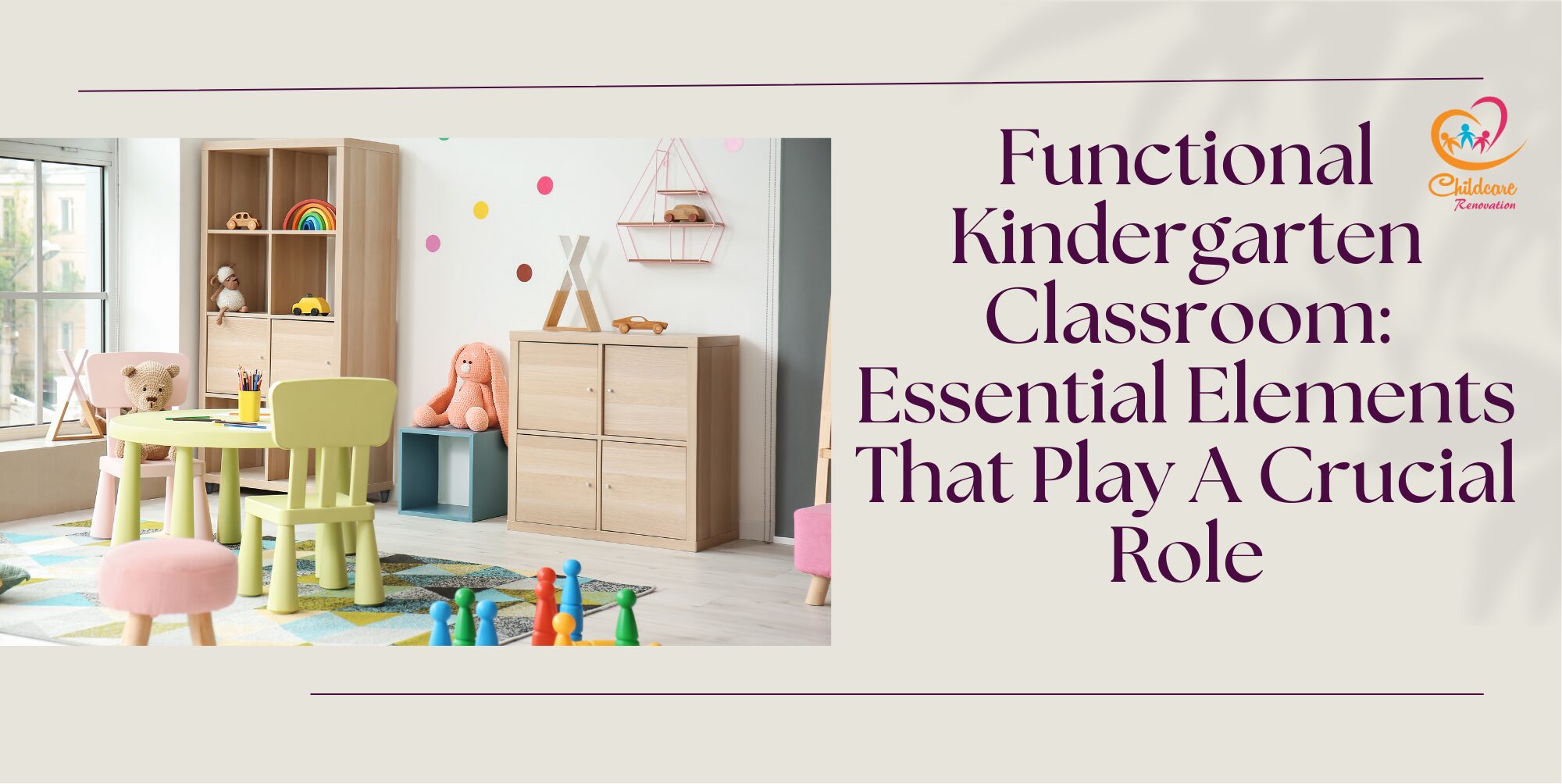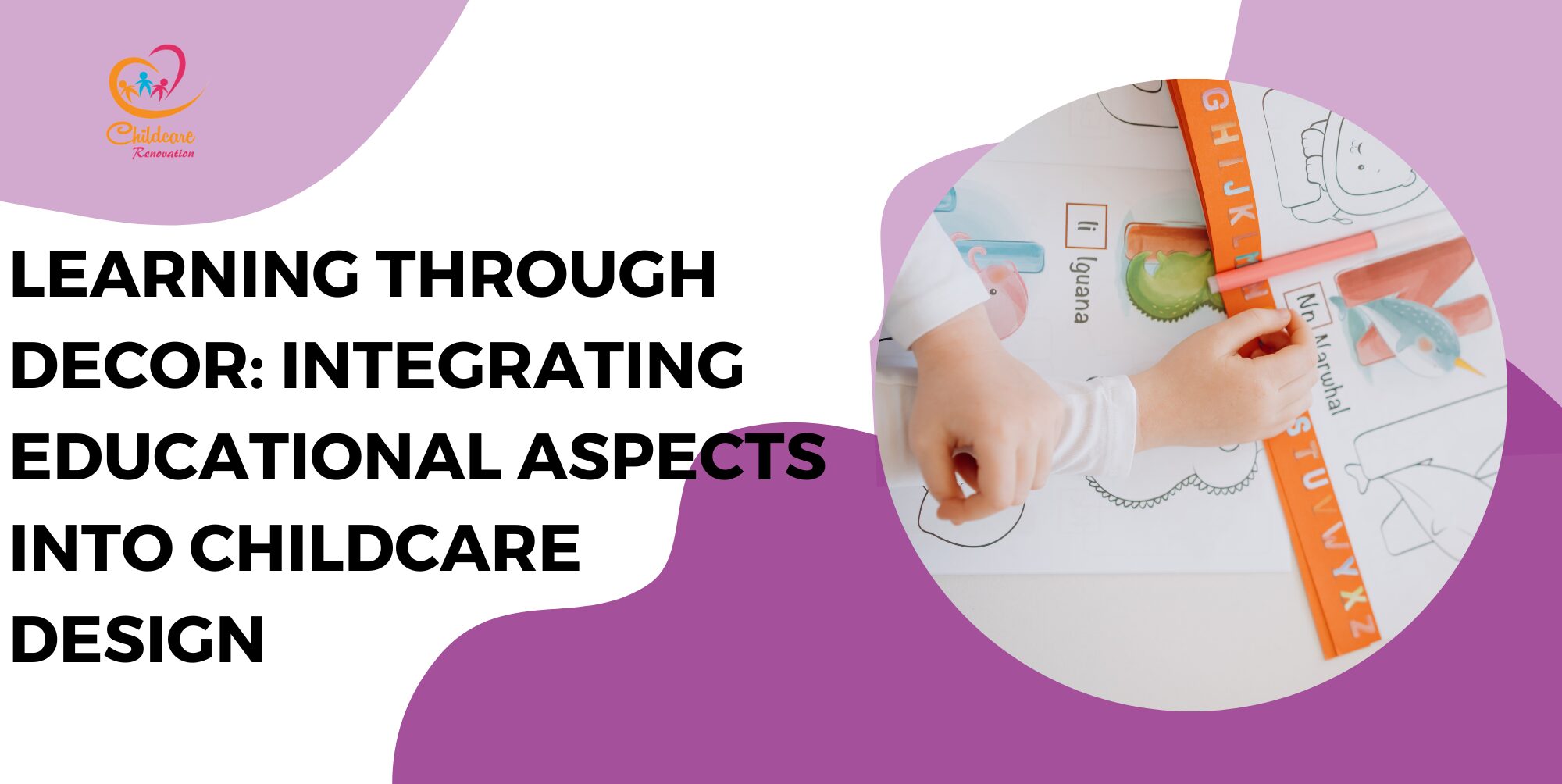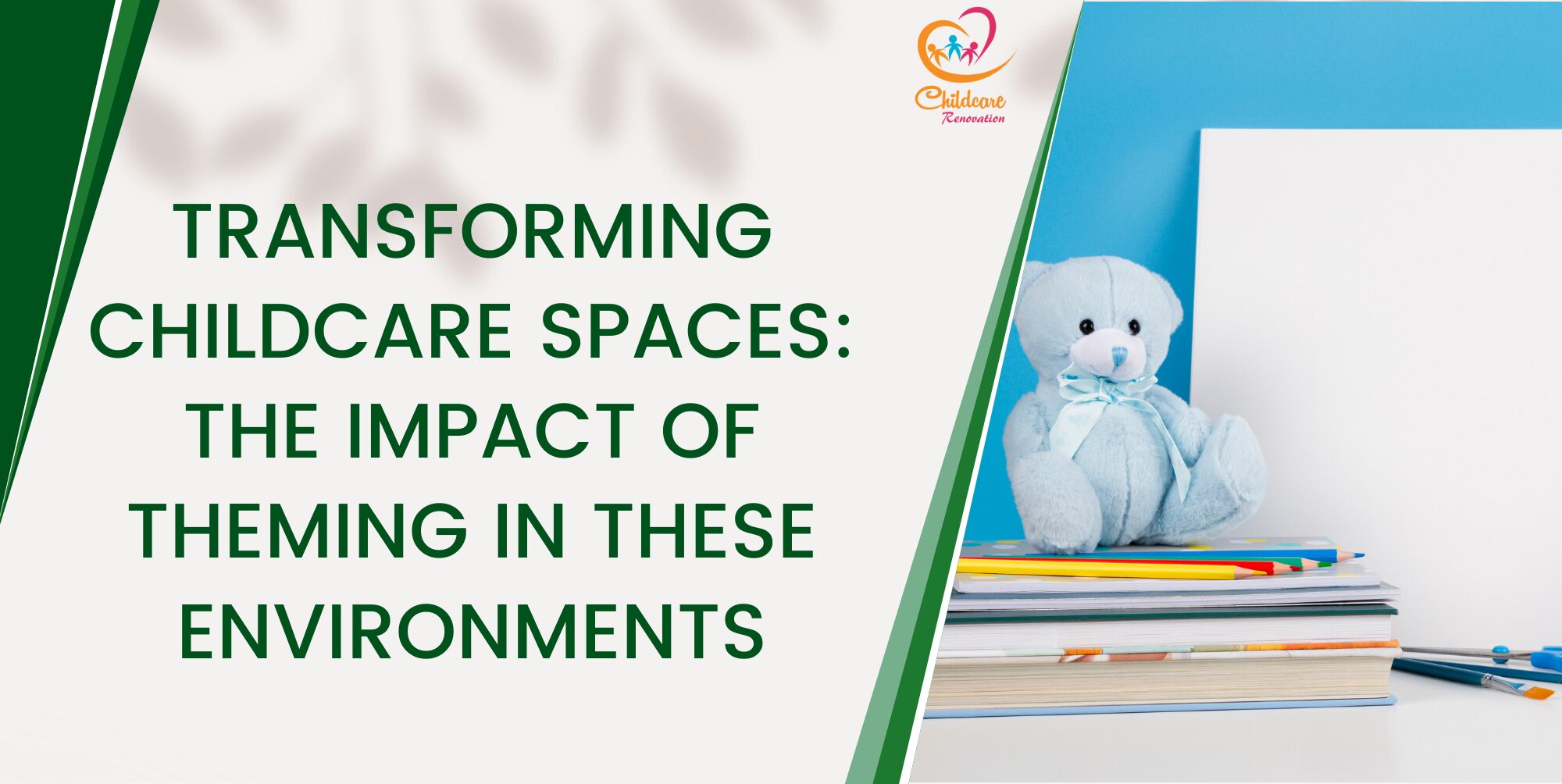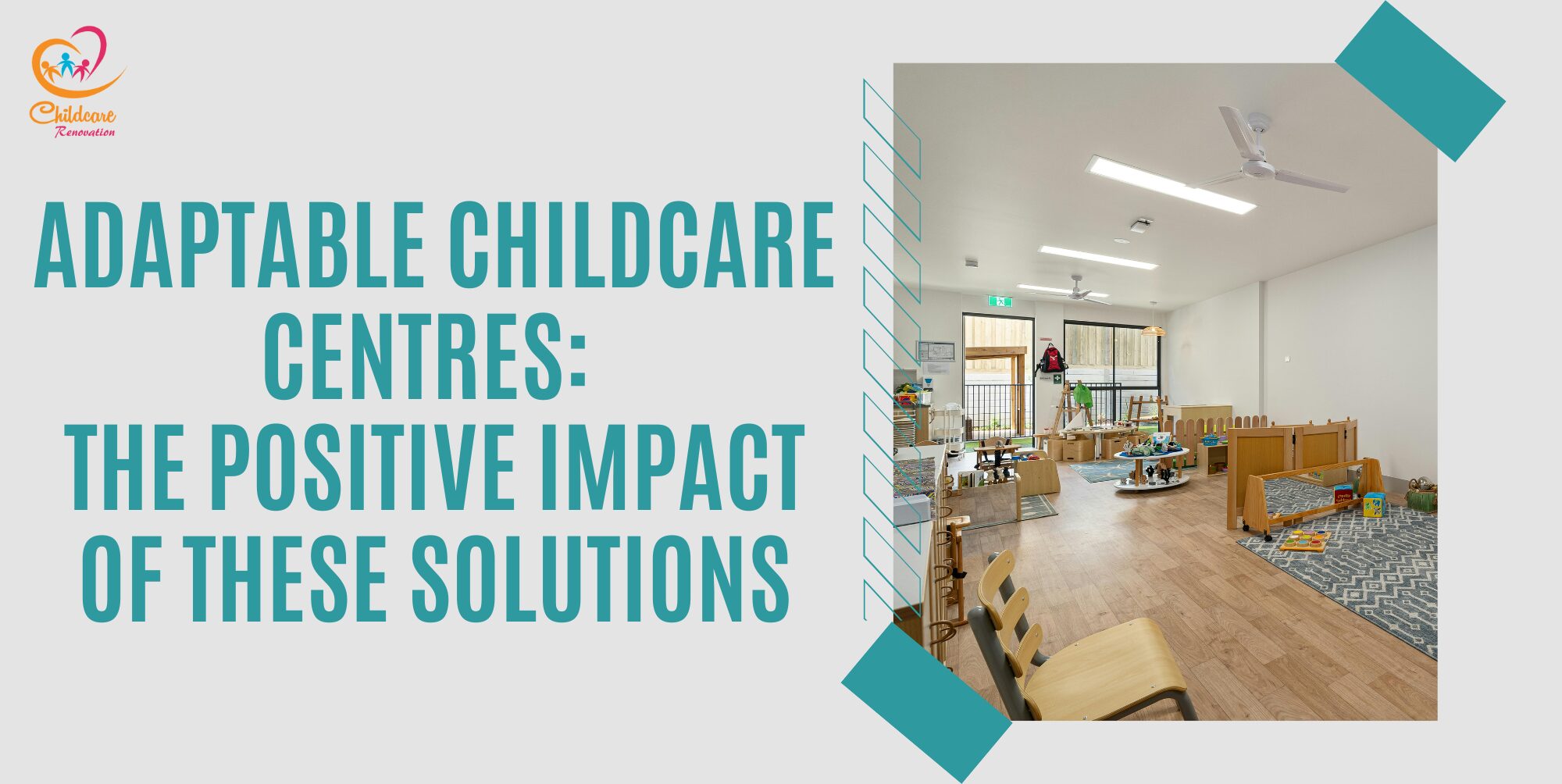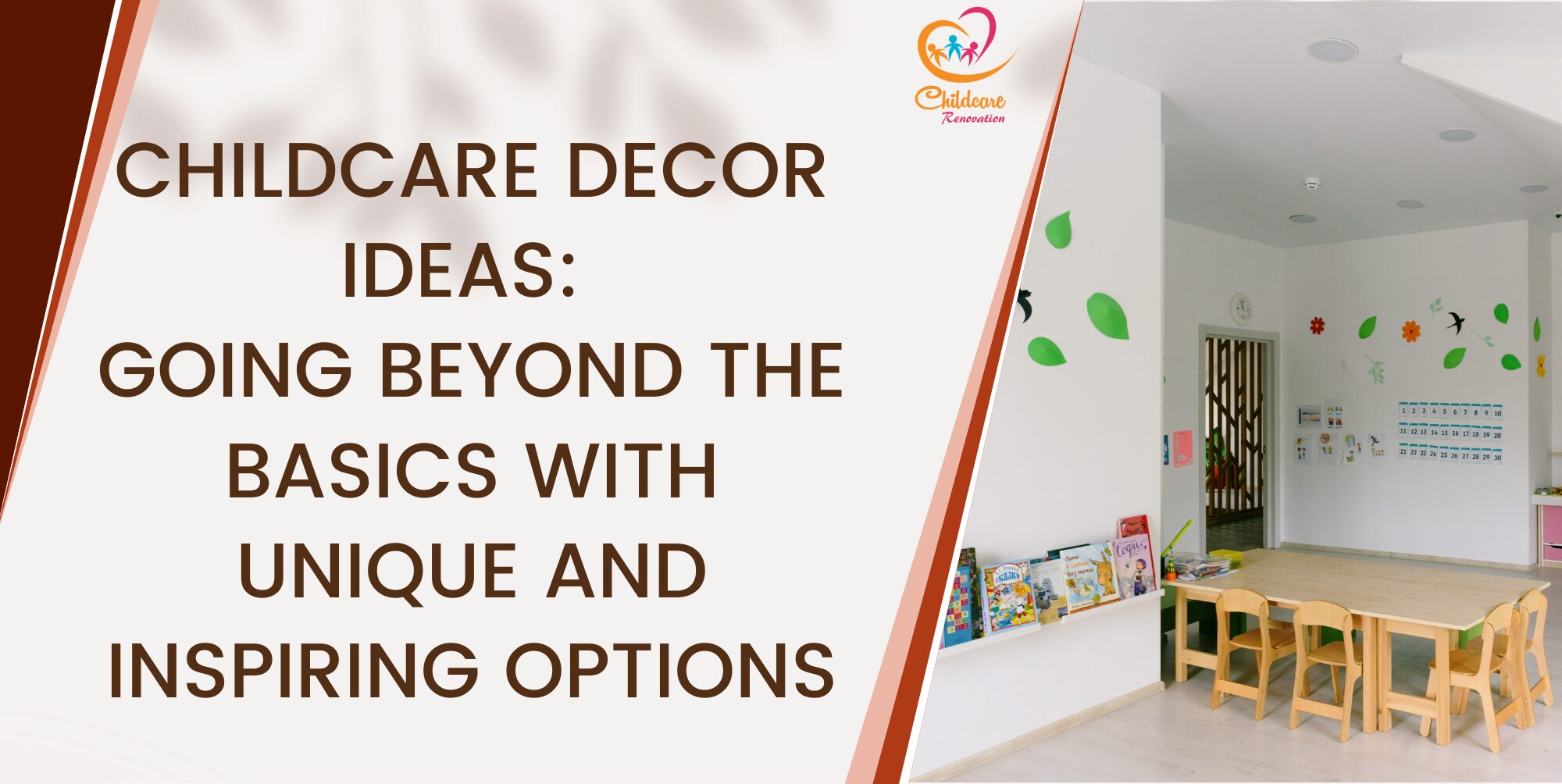Creating child care centers that cater to the needs of young children requires meticulous attention to their developmental requirements and learning preference. This article will be going through on the importance of age appropriate learning spaces within child care centers, how it affects them during their growth and practical knowledge on how it can be implemented into designing and revamping the environment.
Understanding the Developmental Needs of Young Children
In this section, we’ll be delving into detailed aspects of cognitive, physical and socio-emotional development in young children. Emphasizing on the important role that an environment plays to their growth and learning, we’ll explain how smart and purposeful design in child care centers can be used a medium for holistic development
As young children grow, they go through rapid cognitive, physical and social-emotional changes, creating a foundation of their lifelong learning journey. Cognitive development includes processes such as language acquisition, problem solving and memory formation, all of these are affected and influenced by environmental stimuli.
As children grow physically, they’ll refine their gross and motor skills, necessitating spaces that encourage movement and exploration. Furthermore , social emotional development is about learning to control emotions, navigate social interactions and develop a sense of empathy and belonging.
Creating Engaging and Safe Learning Environments
A child centric approach to design highlights the importance of fostering environments that resonate with young learners. Going into the symbiotic relationship between physical settings and learning engagement, we navigate through safely protocols and exemplify the implementation of age appropriate learning resources, furniture and amenities
Childcare centers act as the backdrop for children’s formative experiences, making it essential to design spaces that encourage curiosity, creativity and collaboration. Implementing elements of play based learning such environments that allows hands-on exploration and experimentations, lays the foundation for critical thinking and problem solving skills. Additionally, safety considerations are crucial with careful attention given to elements such as furniture ergonomics, non toxic materials and age appropriate supervision ratios.
Designing Learning Spaces that Promote Exploration and Discovery
Releasing the potential of open-ended play and hands-on learning, this section discusses the benefits of designated sensory zones and the implementation of natural elements and outdoor spaces. Recommending design concepts that encourage curiosity and ingenuity, we create pathways that nurture exploration and discovery in young minds.
Children’s innate curiosity and thirst for discovery creates a need for environments that inspire wonder and exploration. By implementing elements such as sensory gardens, water play areas and nature-inspired materials, child care centers can provide rich, multi-sensory experiences that stimulate cognitive development and foster a connection with the natural world. Additionally , flexible learning spaces adapt to children’s interest and abilities encouraging autonomy and self learning, resulting in them learning how to explore topics of personal interest at their own pace.
Supporting Social-Emotional Development through Space Design
Charting the terrain where physical environments converge with social-emotional development, we emphasize the critical importance of creating spaces that facilitate interaction and collaboration. Whether it’s the creation of intimate retreats that promote relaxation or the establishment of dynamic avenues that foster socialization, we navigate the intricate landscape of space design customized to enhance emotional well-being. By prioritizing environments that encourage connection and engagement, we cultivate atmospheres that support individuals in their journey towards holistic growth and fulfillment.
Incorporating Flexibility and Adaptability
Highlighting the ever-changing nature of children’s needs, we strongly endorse the idea of spaces that can effortlessly adjust to meet these evolving requirements. By delving into the benefits of adaptable furnishings and flexible arrangements, we champion the development of multi-purpose environments that can cater to a variety of activities. Our advocacy lies in the belief that such dynamic spaces not only enhance versatility but also foster creativity, exploration, and learning opportunities for children of all ages and backgrounds.
In essence, the deliberate design of age-appropriate learning environments within childcare centers is pivotal in fostering the comprehensive development of young children. By acknowledging their individual needs and incorporating customized design features, these centers have the potential to transform into nurturing spaces that promote engagement, safety, and growth. Through such intentional efforts, an environment conducive to optimal learning outcomes and overall well-being can be cultivated, establishing a foundation for the holistic development of the next generation.
Speak with The Experts
Planning to get started at your kindergarten but have no idea about it?
Childcare Center Renovation Singapore is a reliable company for renovation and interior design. They have about ten years of experience in this field and also have a good reputation from customers.
Call us now to get your desired kindergarten design ideas now!










